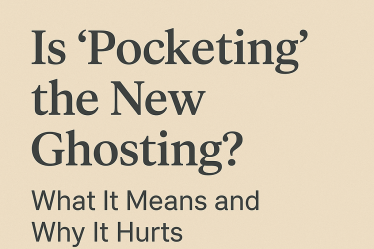
Have you ever wondered why some relationships feel effortless while others are filled with insecurity and conflict? The answer may lie in attachment styles—the unconscious patterns that shape how we connect with romantic partners.
Rooted in childhood experiences, attachment styles influence how we express love, handle conflict, and seek emotional closeness. Understanding your attachment style can help you break unhealthy patterns and build stronger, more fulfilling relationships. In this article, we’ll explore the four attachment styles, how they impact your love life, and how you can develop a healthier approach to relationships.
What Are Attachment Styles? (The Science Behind It)
Attachment theory, developed by John Bowlby and Mary Ainsworth, explains how early relationships with caregivers shape our emotional bonds in adulthood. Based on childhood experiences, people develop one of four attachment styles that influence how they connect with romantic partners.
While attachment styles form in early life, they’re not fixed. With awareness and effort, you can shift toward a more secure attachment style.
The Four Attachment Styles (Which One Are You?)
Your attachment style affects how you behave in relationships. Here’s a breakdown of the four types:
- Secure Attachment – Feels safe in relationships, communicates well, and trusts their partner.
- Anxious Attachment – Seeks constant reassurance, fears abandonment, and may be overly clingy.
- Avoidant Attachment – Prioritizes independence, avoids emotional vulnerability, and struggles with closeness.
- Fearful-Avoidant (Disorganized) Attachment – Desires connection but fears being hurt, leading to mixed signals and emotional turmoil.
To determine your attachment style, reflect on how you respond to intimacy, conflict, and emotional needs in relationships.
How Your Attachment Style Impacts Your Love Life
Your attachment style influences every aspect of your romantic relationships:
- Dating & Attraction – People with anxious attachment may be drawn to avoidant partners, creating a push-pull dynamic.
- Communication & Conflict – Securely attached individuals handle conflict with emotional intelligence, while insecurely attached individuals may react with fear, withdrawal, or neediness.
- Commitment & Intimacy – Avoidant individuals may struggle with long-term commitment, while anxious partners may seek constant reassurance.
Recognizing these patterns can help you navigate relationships with greater awareness and emotional stability.
How to Heal & Develop a Secure Attachment Style
If you have an insecure attachment style, don’t worry—change is possible. Here are some steps to move toward a secure attachment:
- Self-Awareness – Identify your triggers and patterns in relationships.
- Emotional Regulation – Practice mindfulness, self-soothing, and open communication.
- Healthy Relationship Choices – Surround yourself with secure individuals who model healthy attachment behaviors.
- Therapeutic Support – Therapy (such as cognitive-behavioral therapy or attachment-based therapy) can help rewire unhealthy patterns.
Conclusion & Key Takeaways
Understanding your attachment style is a powerful tool for improving your love life. By recognizing patterns, working toward emotional security, and choosing supportive partners, you can create healthier and more fulfilling relationships.
Want to learn more? Take an attachment style quiz or explore recommended books and therapy options to deepen your understanding. Your journey toward secure, loving relationships starts today.



